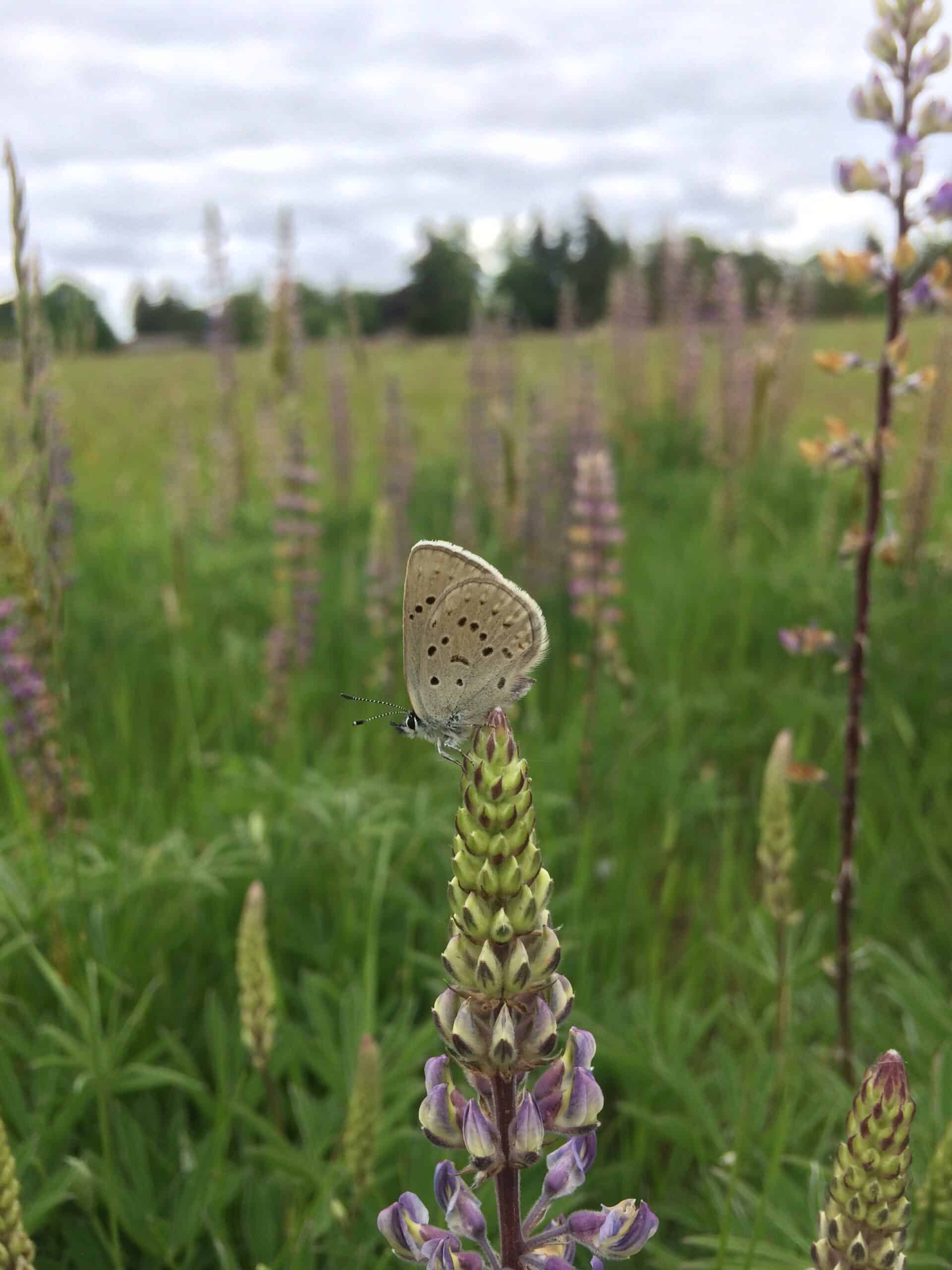Share this article
Imperiled mountain plovers use prairie dog colony edges
In Wyoming’s Thunder Basin National Grassland, imperiled mountain plovers choose nesting habitats on the edges of black-tailed prairie dog colonies, researchers found.
The grassland plover species is known to nest in places that have recently been disturbed by factors such as burning or grazing. But in the Thunder Basin, mountain plovers (Charadrius montanus) specifically choose sites that were disturbed by black-tailed prairie dogs (Cynomys ludovicianus). The rodents forage and burrow in the ground, exposing bare soil. The little brown plovers can blend in with the soil, making it an ideal place to nest.
“They actually really prefer habitat with short vegetation, about a couple inches high,” said Courtney Jean Duchardt, who led a recent study on the dynamics between the two species as a PhD student at the University of Wyoming. The main reasons for this selection is to see predators and because the bare soil provides camouflage, she said.
Duchardt, now a postdoctoral researcher with the U.S. Geological Survey, and her colleagues wanted to find out more about how the plovers respond to prairie dog disturbances, especially because the rodents can face threats like the sylvatic plague that can cause massive die-offs. They also wanted to determine how other factors may influence the plovers’ nest site selection and survival.
In the study published in The Condor: Ornithological Applications, the researchers conducted point counts of the plovers and monitored their nests across 16,000 hectares of prairie dog colonies in the Thunder Basin. “We were looking at much larger prairie dog colonies than other research in the literature had,” she said.
Then, they compared these counts with different variables, like prairie dog colony size and nest location, available habitat, and daily nest survival rates. They also looked at how these numbers responded to vegetation and weather.

Black-tailed prairie dogs can see a 95% decline in their population due to sylvatic plague in Thunder Basin National Grassland, which may impact mountain plovers. © Ryan Moehring / USFWS
The team found that while the plovers nested only on prairie dog colonies, within the very large colonies they were more abundant at the edges than the center. Duchardt thinks this is because the cores have little of the vegetation that chicks use to hide from predators and avoid heat. On the edge of a colony, on the other hand, the birds can go a few hundred meters and find vegetation. Overall, the birds chose nest sites with low cactus cover, short vegetation height, and a combination of annual forbs and bare ground.
The team also looked at nest success and found that nest survival was higher for older nests and nests with lower cactus cover. While predation on nests played a role in nest failures, so did weather, including hailstorms and high temperatures.
“This is important for the future of grassland birds as we’re thinking about climate change and greater temperature extremes and intense weather events,” she said.
Duchardt said protecting prairie dogs is important for the success of mountain plovers as well as other species. “It’s really rare to see them ever nesting outside of prairie dog colonies here,” she said.
And because the prairie dogs can contract the plague, which can cause a 95% die-off, it’s important to determine how that may affect species like the mountain plover, she said. Other wildlife species, including ferruginous hawk (Buteo regalis) and golden eagle (Aquila chrysaetos) may also be affected.
“How quickly after the plague do these species decline,” she asked, “and how do they recover?”
Header Image: Mountain plovers in Thunder Basin National Grassland rely on prairie dog disturbance for their nesting habitat. ©seabamirum








